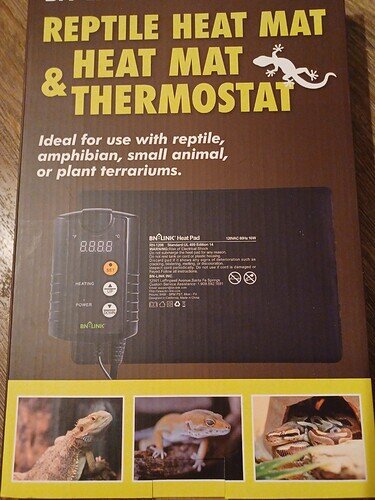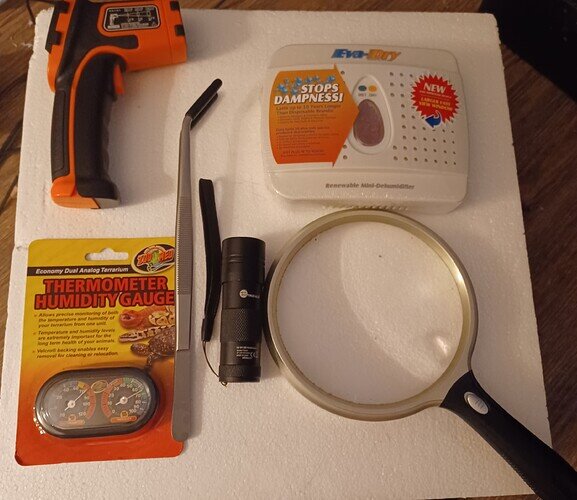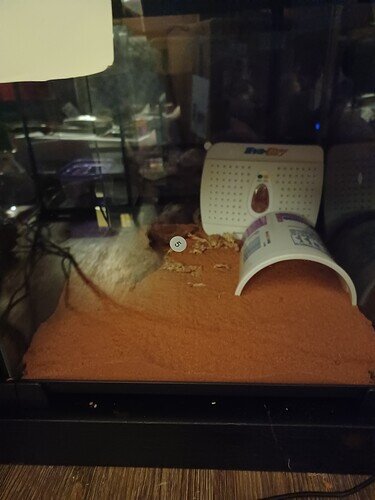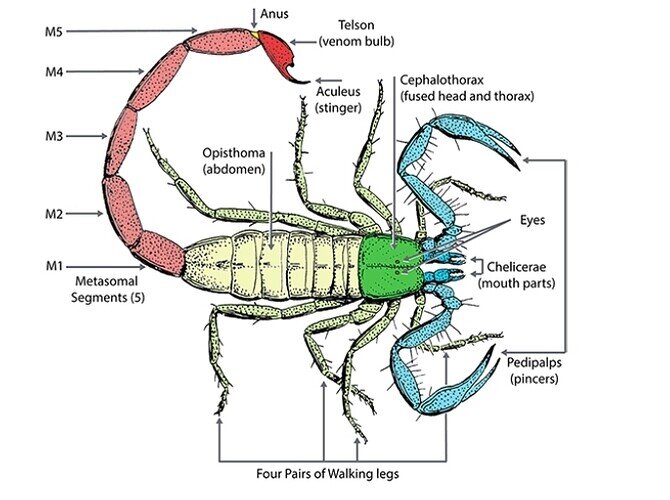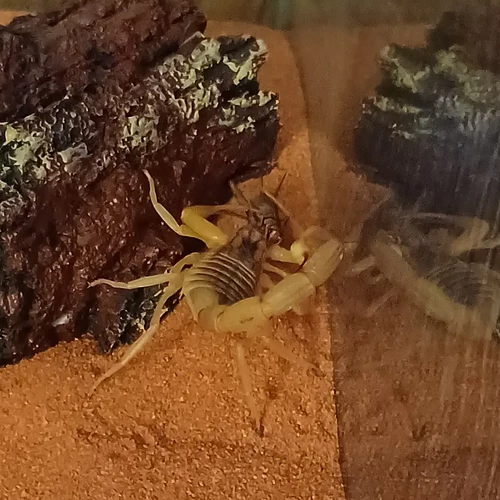Im going to show you what you need and some tips. For desert species scorpions.
First you will need to get supplies. I keep desert species so care and supplies for forest and tropical species will be different.
You will need an enclosure with a screen top. ( I use a 12x12x12)
You can use smaller, some people use shoebox totes.( I dont like that because to me they are too low) scorpions cannot climb smooth surfaces nor can they jump.
You will need desert sand
You will need an under tank heater or overhead IR heater or ceramic heater with thermostat.
( i don’t prefer top heating as it can get quite hot and make it difficult for the scorpion to escape the heat) place the UTH on the side of the enclosure not the bottom.( since they like to burrow they will basically cook themselves with bottom heat) you want your temperature to be 85°- 90° you dont want to exceed 100°
You will need a clear deli cup with lid ( big enough to hold your scorpions size)
You will need a thermometer hydrometer, rubber tipped tongs,
Magnifyglass with light ( high power is best), laser thermometer, a black light flashlight and a dehumidifier ( i use Eva Dry its small, non toxic, can fit in the enclosure and it is renewable. It is silica gel that is rechargeable)
You can decorate your tank ( use light weight things such as driftwood. You also want to supply a hide ( i use a half a Kroger yougurt tub ) since these species like to burrow you don’t want something that could accidentally crush them. ( with heavier pieces really push it all the way to the bottom of tank so they can’t dig under it and possibly crushing themselves.
Use about 3 inches of substrate as they like to burrow.
Desert scorpions are very susceptible to a fungal infection called mycosis. So its imperative that it is bone dry and humidity needs to be really low (40% or lower) they do not need water as they will get it from thier prey. The Eva Dry will help eliminate moisture. Mycosis is incurable and will kill your scorpion.
Your clear deli cup, black light, magnifyglass and tongs will be used to find where your scorpion is ( they glow under black light )
You will need the clear deli cup to temporarily house or transport them as you clean the enclosure.
This deli cup will also help you safely sex your scorpion and to examine it for mycosis.
Place the deli cup in the enclosure ( so if you lose control of the scorpion it will still be in the enclosure)
You will use your tongs to move your scorpion from the enclosure to the deli cup.
You will need to either grab the scorpion at the 5th segment of thier tail (shown in anatomy diagram) this will immobilize thier ability to use thier telson(stinger).
( i dont do this with my smaller more delicate species)
Or you can use your tongs as a gentle scoop. Never grab your scorpion with your hand. You also want to make sure you never grab them by thier legs, they are fragile. ( broken legs can mean death to them) do not clamp down hard on the scorpion use just enough pressure to grab them. I prefer the scoop method as i can easily slide the tongs under them and support thier entire body.
I keep my enclosures pretty sparsely decorated so that i can know where the scorpion is and to easily catch them, too much decorations can make getting them more challenging, which could possibly put you or your scorpion in harms way.
Place your scorpion gently into the deli cup.
Secure the lid. Now you can take your scorpion out of the enclosure
You can sex and examine you scorpion using your lighted magnifier and your black light.
To sex your scorpion you will need to look underneath it, locate the pectins (shown) the females will be smaller and more feathery where the males are long.
Mycosis will show up as black spots on the scorpion usually starting on the legs but it can show up anywhere. (Shown)
Mycosis will also be seen under black light (shown)
Remember mycosis is incurable and there is an unproven therory that they can molt out of it. (Adult scorpion do not molt)
Mycosis eats the scorpion from the inside ( that is why molting won’t help cure that) eventually the mycosis will infect the lungs suffocating the scorpion, it can eat away at joints making them unusable ( a scorpion unable to move will die)
A healthy scorpion will have its tail either curled up behind them or to the side depending on species. A dying or dead scorpion will have its tail straight out behind it.
Most scorpions have poor eyesight and they use their hairs to feel the vibrations to let them know if its prey or predator. Some species are ambush predators that hide and wait for prey to come to them, some will actively hunt. They will eat just about anything that crosses thier path. Crickets, worms, beetles, spiders, other scorpions, lizards even small mammals.
You can feed them 1 or 2 days a week. In the wild they can go months without food. ( i wouldn’t do that) give them crickets, meal worms, super worms, horn worms, beetles, cockroaches. You could theoretically feed them lizards and small mice but i wouldn’t.
A note on molting, your scorpion will molt about 5 times from slings to adulthood. You may supply a humid hide with spaghum moss to assist with molting or a moist hide lined with paper towels. The scorpion will decide if they need it or not. This can help hydrate thier old shell. You may also mist the enclosure to raise the humidity in the enclosure. Remove the damp moss or moist hide after the scorpion molts ( remember moisture can mean death)
Scorpions are very sensitive to lights. Do not use white lights on enclosures. ( low ambient light of a room is enough) do not put near sunlight or other hot or bright lighting. Keep them away from UVA lights as this will kill them. If you do wish to light, use infrared (red lighting) or use black lights as these will not harm your scorpion however do not continuously use black lights on your scorpion it can harm them or blind them. The use of black light should be used to locate your scorpion for when you need to work in the enclosure then turn it off.
A note on cohabitation, some species can be kept communally as adults only. You would want to make sure they have enough space and resources to lessen chances of fighting or cannibalism. Personally i wouldn’t house more than 1 per enclosure. Remember that if you keep the HOT species ( deathstalkers, yellow fattails etc.) The more you have in an enclosure the higher risk of danger for you, secondly many species will cannibalize each other. Personally i wouldn’t keep more than 1 per enclosure unless you plan on breeding, and you want to monitor them sexual cannibalism can occur. You will want to ensure that the male and female are well fed prior to attempting to breed them as it may lessen the chances for cannibalism. You want to move the male to the female enclosure and remove him after.
I hope this information is something you found useful.
You will find scorpions to be very easy to keep and a lot of fun to watch. So long as you follow safety there really is no threat to anyone, even with the deadliest of species.
Id be happy to further answer questions in case i missed something or i didn’t elaborate clearly enough.


